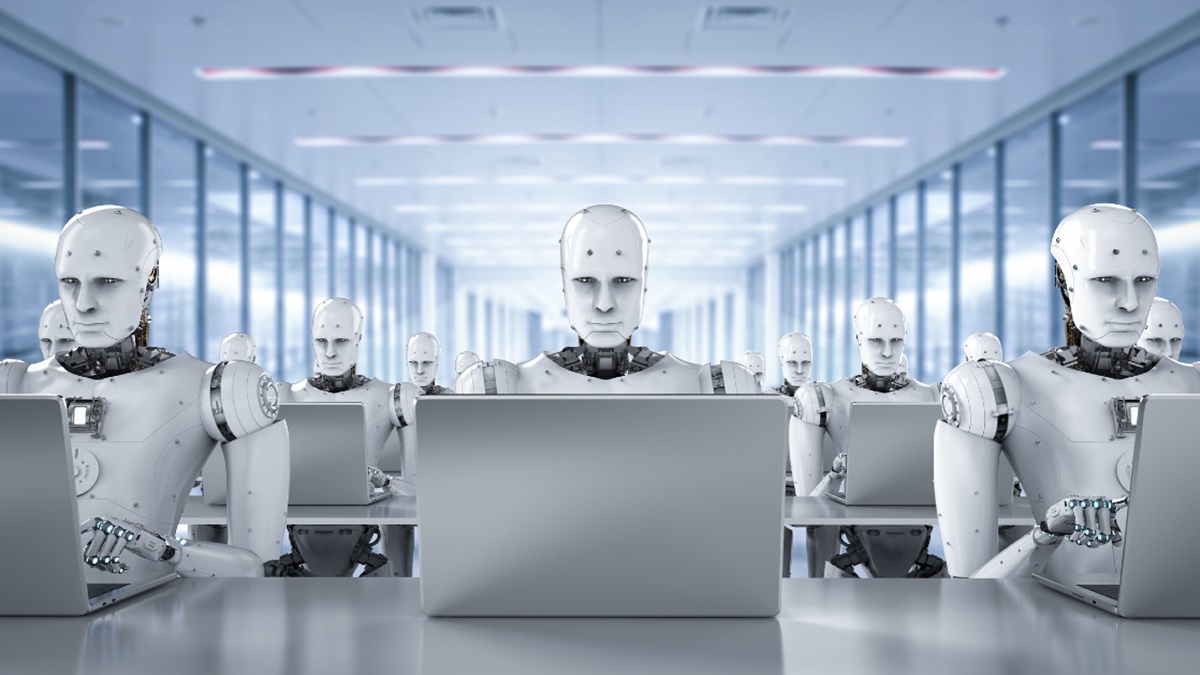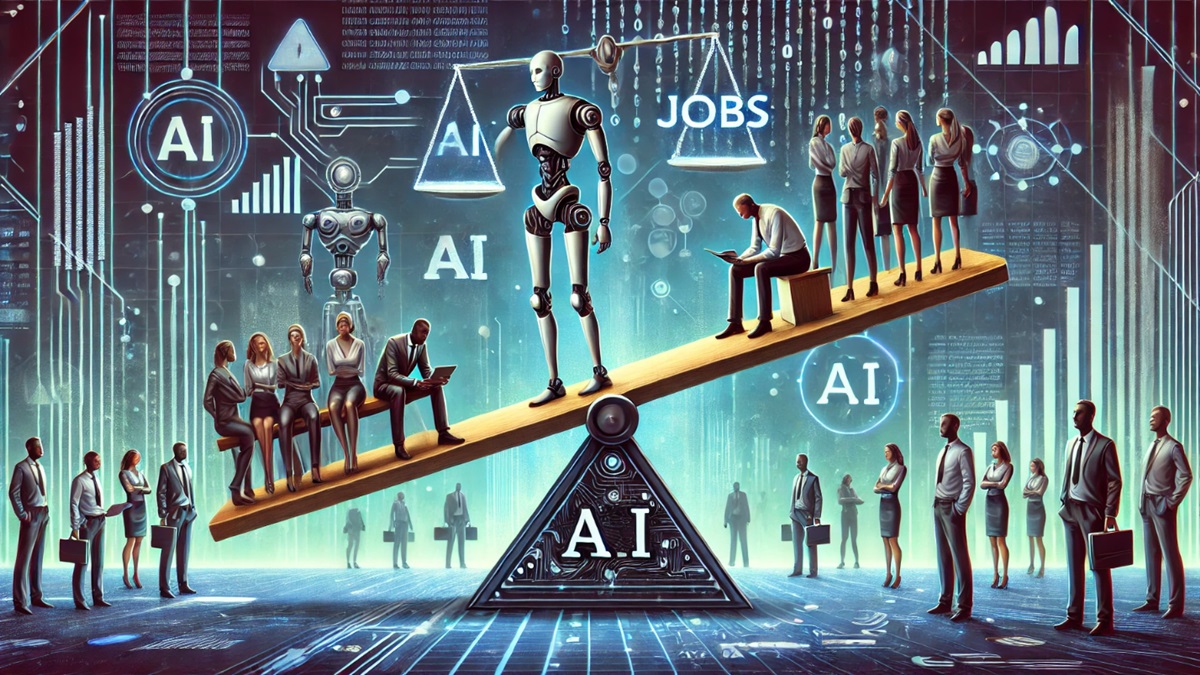In an environment of constant change, organization-wide agility is key to staying ahead, with leadership and boards increasingly looking to HR to lead efforts that allow agility to flourish. New research sheds light on where HR can focus to move the needle forward on enterprise agility.
Preliminary results from a joint study by the Institute for Corporate Productivity (i4cp) and HR Executive of business leaders highlight key HR challenges brought about by persistent change—from AI advances to economic uncertainty. More than one-third of respondents said their organizations perceive change as either “a threat,” “fatiguing” or “overwhelming.” About 31% view change as “expected and manageable,” while one-quarter say change is part of their company’s business model.
Kevin Oakes, co-founder of i4cp, says the firm’s research has historically demonstrated that organizations that hold negative views of change tend to be lower-performing.
“Meanwhile, companies that look at change as normal and expected—and, most importantly, as an opportunity—those are the high-performing organizations,” Oakes says.
Agility as a performance predictor
It’s “no big mystery” that organizations across industries are navigating unprecedented rates of change.
“It’s hard to keep up,” Oakes says. “You open your phone in the morning and you never know what you’re going to find.”
Even before advancing technologies accelerated change, it was clear that organizations that didn’t embrace agility would be left behind. Oakes points to companies like Blockbuster, Polaroid and Blackberry.
“They stuck to their previous business models, and they became extinct,” he says. “That’s a risk today.”
From reorganizing talent to developing the skills the organization will need in the future, HR has a critical role to play in helping organizations—particularly, their talent—get more accustomed to change.
“We have to be learning, building, improving, growing—because change is going to be constant,” he says. “We’re going to have to get used to it.”
2 focus areas to build agility in the age of AI
Although AI continues to be one of the most critical drivers of change at most organizations, the report identified several key areas where companies are struggling to respond with agility.
Upskilling and job redesign
The survey found that among eight practices that can help HR build workforces of the future, respondents cited the most difficulty with three AI-related capabilities. They said they were “not effective at all” at:
- providing targeted upskilling or reskilling for roles that are impacted by AI (28.1%)
- analyzing what roles AI could augment or replace in the future (23.4%); and
- engaging employees in identifying tasks that could be completed or supported by AI (18.6%).
Oakes says i4cp research has found that higher-performing organizations that are already operationalizing AI are prioritizing upskilling talent to use and work alongside the tech.
HR should take a “more aggressive approach to upskilling” to catch up with those on the leading edge, he says. Oakes also warns against limiting training to a subsection of the workforce.
“Today, most companies offer training only for selected positions,” he says. “Eventually, we have to get to everybody in the workforce.”
That should start “first and foremost,” he says, with leadership.
“When you ignore the leadership team, what’s happening in the workforce could outpace leadership’s understanding of AI,” Oakes says. “And that’s where you get into alignment issues where employees are more up to date on AI than leaders are.”
Measurement
Measuring business agility is somewhat akin to measuring culture—there are multiple avenues to do so, and it can be challenging; yet, Oakes says, measurement is critical to navigating change effectively.
But the research found that about 20% of respondents said their organizations don’t measure agility at all—and that figure could actually be a lot higher, as Oakes estimates that “a lot aren’t being truthful.”
Organizations that do attempt to measure agility are most likely to look to metrics around employee engagement. Other focus areas include customer satisfaction and efficiencies such as cost and capacity savings.
Core business metrics can also shed light on the impact of talent practices on agility, Oakes notes, as can data around talent mobility and learning.
“There are a lot of ways to create agility,” he says, “so you can measure progress from many sides.”
Source – https://hrexecutive.com/why-most-organizations-struggle-to-build-agility-for-an-ai-driven-future/




















